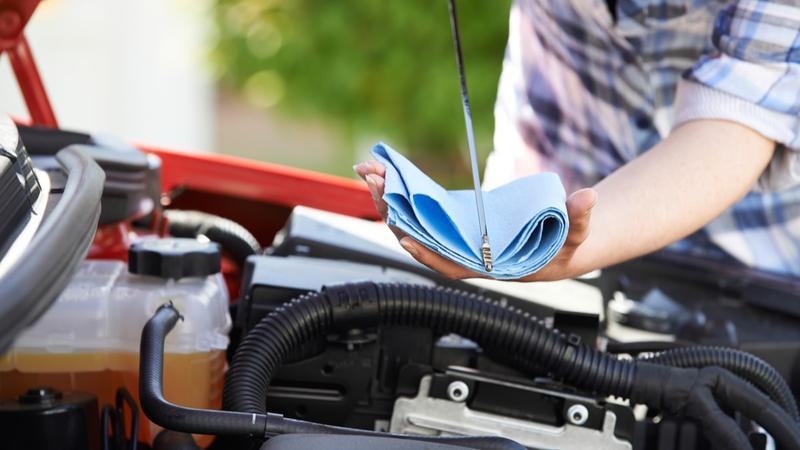Liquid catalyst in Your Vehicle – Check it for a Safe Summer
All inward burning motors, similar to the one in your car or truck, have some sort of radiator fluid segment. Basically, the liquid catalyst in your vehicle is a combination of water and a unique mix of synthetic compounds intended to protect your motor inside temperatures. It is otherwise called motor coolant in a car setting. At the point when the motor is running, the liquid catalyst blend goes through the radiator, water siphon, and numerous different pieces of the motor, retaining the abundance heat created by the ignition interaction. The added substance is additionally intended to keep water from freezing, so when it is cold outside, your motor will not be bound up in a square of ice. Coolant blends for vehicles likewise incorporate synthetic compounds intended to forestall metal consumption and exceptional oils to secure the motor.

Like some other part of your vehicle, liquid catalyst ought to be regularly checked and kept up to keep the vehicle running at top execution. An all around kept up vehicle runs all the more easily and improves gas mileage (setting aside you cash!), and by performing regular administrations, any little issues that create can be gotten before they become large issues.
Numerous liquid catalyst blends (those containing ethylene glycol) are exceptionally harmful, to people just as creatures and plants. It should be taken care of with extraordinary care and discarded in unique conditions car check. It has a sweet taste and an extraordinary appearance, which makes it extremely appealing to youngsters, and ethylene glycol harming is hard to identify since it can impersonate different sicknesses. Fresher sorts of liquid catalyst may contain propylene glycol all things being equal, which is not harmful (it is food-safe and is regularly utilized in water pipes). Your specialist will actually want to disclose to you which sort of radiator fluid is appropriate for your vehicle.
Radiator fluid should be checked frequently to ensure that it is working appropriately. In the event that there has been a release or if the motor has overheated, the combination should be tried and potentially supplanted. Ethylene glycol combinations can be tried in a home carport with a mass-promoted hydrometer to check its particular gravity (a synthetic property alluding to thickness), yet are simply compelling up to specific temperatures. Propylene glycol blends cannot be estimated with a hydrometer. Either combination can be tried with a refract to meter or with extraordinary test strips, yet these techniques are best left to prepared experts.